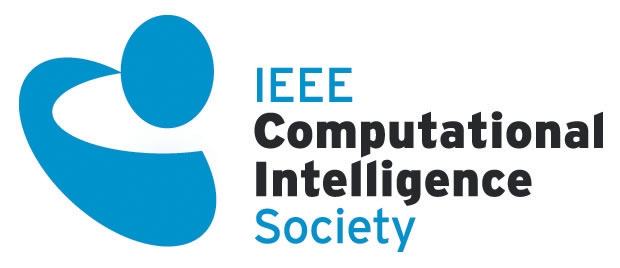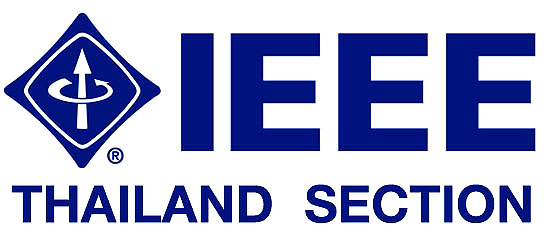With the advent of technologies like DNA sequencing and DNA microarray, an enormous amount of information has been generated that can only be efficiently analyzed with computers. As the information becomes ever larger and more complex, more computational tools are needed to sort through the data. These include:
 Development of computational methodologies to perform systematic studies of complex interactions in biological systems to enable discovery of new emergent properties that may arise from the integrated systemic view.
Development of computational methodologies to perform systematic studies of complex interactions in biological systems to enable discovery of new emergent properties that may arise from the integrated systemic view.
 Development of new algorithms and statistics to assess biological information, such as relationships among members of very large data sets.
Development of new algorithms and statistics to assess biological information, such as relationships among members of very large data sets.
 Development and implementation of tools that enable efficient access and management of different types of information, such as various databases, integrated mapping information.
Development and implementation of tools that enable efficient access and management of different types of information, such as various databases, integrated mapping information.
 Visualization of various types of biological data to aid in analysis and interpretation of nucleotide and amino acid sequences, protein domains, and protein structures.
Visualization of various types of biological data to aid in analysis and interpretation of nucleotide and amino acid sequences, protein domains, and protein structures.
Topics of interest include, but are not limited to:
 Modeling and simulation of biological processes, pathways, networks, and so on
Modeling and simulation of biological processes, pathways, networks, and so on
 Mathematical and quantitative models of cellular and multicellular systems
Mathematical and quantitative models of cellular and multicellular systems
 Synthetic biological systems
Synthetic biological systems
 Molecular evolution and phylogeny
Molecular evolution and phylogeny
 Functional genomics
Functional genomics
 Proteomics
Proteomics
 Metabolomics and other omics
Metabolomics and other omics
 DNA, RNA and protein sequence analysis
DNA, RNA and protein sequence analysis
 Structural bioinformatics
Structural bioinformatics
 Gene expression analysis
Gene expression analysis
 Biomarker discovery
Biomarker discovery
 Disease classification
Disease classification
 Parallel and Grid computing
Parallel and Grid computing
 Image and signal analysis
Image and signal analysis
 Qualitative biological model
Qualitative biological model
 Biological network reconstruction and analysis
Biological network reconstruction and analysis
 Biological databases
Biological databases
 Bio-ontology
Bio-ontology
 Bio-data visualization
Bio-data visualization
 Medical and biomedical informatics
Medical and biomedical informatics
 Drug discovery and validation
Drug discovery and validation
 Discrete/stochastic modeling and language frameworks
Discrete/stochastic modeling and language frameworks










